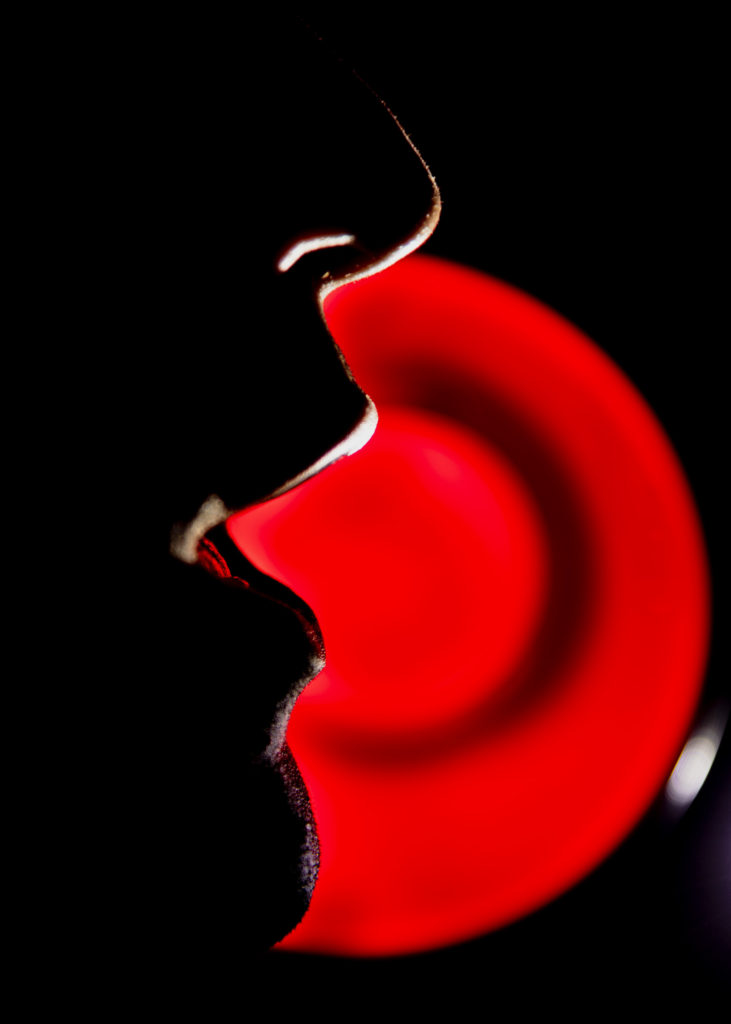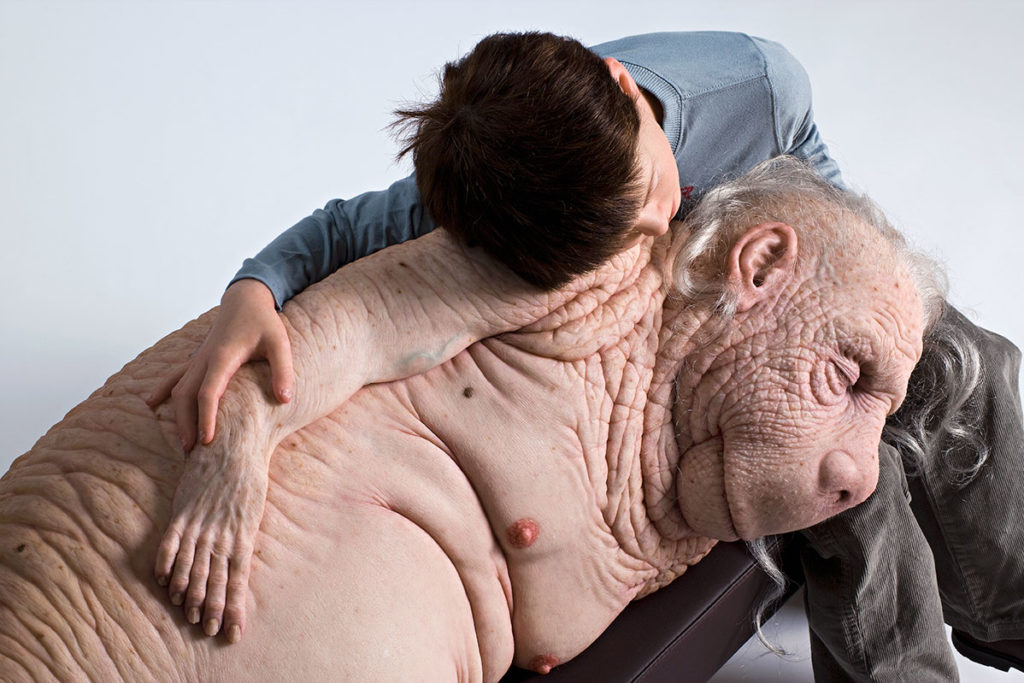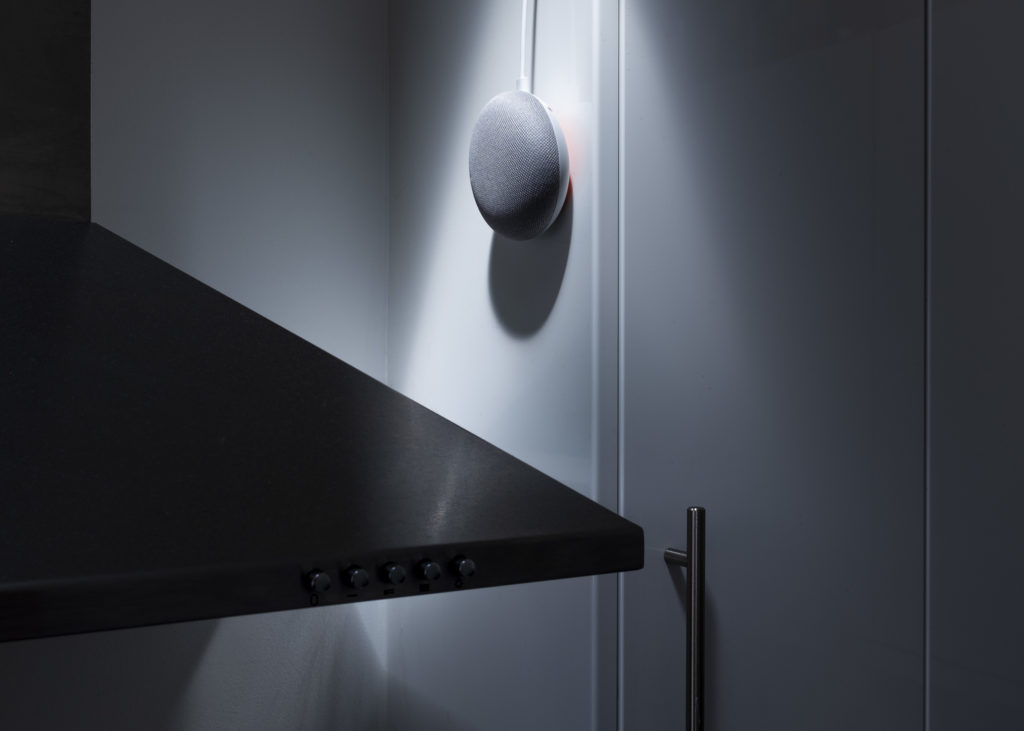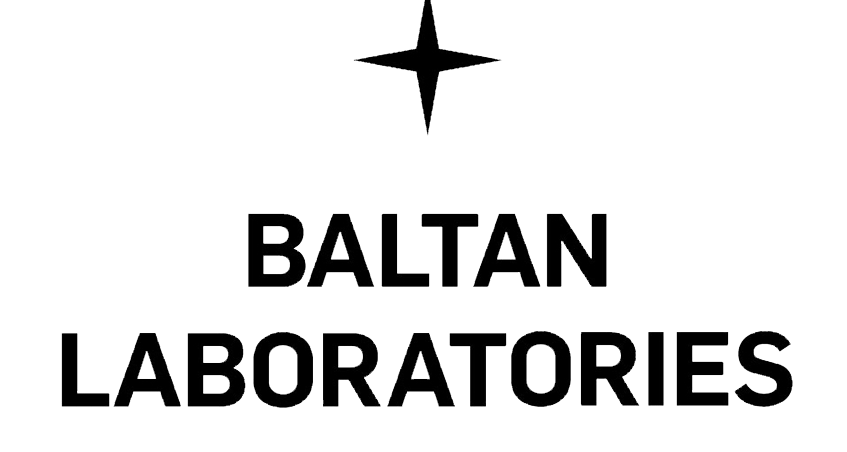Can we appreciate art without bias towards its creator? Daily experiences of choice are undoubtedly influenced by personal taste, a feeling towards a style, an individual, a political opinion and so on. In an era where artificial intelligence (AI) has the capabilities to create based on trained influences, are we misplacing our efforts by allowing algorithms to permeate our emotional experience?
Within the contemporary art world, artistic endeavors such as Creative Adversarial Networks (CAN)1 a successor of Generative Adversarial Networks (GAN)2, can ‘generate art by looking at art’, subsequently learning about style. Creativity becomes replication, and originality simply a process of ‘increasing the arousal potential of the generated art by deviating from the learned styles’3. Paradoxically, to appreciate art of this nature, the same principles are used to form judgement that may once have been based on a backlog of preformed opinions of an artists context. That ‘context’ however, is now formed from pre-designed influences, and any ‘quirks of character’ are merely the linear progression of an algorithm.
Take, for example, a painting by a favorite artist. Usually, we are prompted to think not only about the piece in question, but about the creator behind it; their history, their context, their choices, their aesthetic. To appreciate a painting created by AI in the same way is a pointless task. AI has no history, it is an algorithm that has never had to face the perils of life. It is, to all intent and purposes, a perfect child, following the rules and learning what it is told, and who can honestly identify with perfection?
Works of art are not the only, in my opinion, worrisome area of culture being targeted by AI. Our political and economic environment is very much privy to algorithmic intervention. Sophisticated recommendation engines are able to discern a user’s taste, and in doing so, able to reinforce those affinities by a bombardment of related recommendations. Think about all the targeted advertising consumed minute by minute on social media, influencing emotional choices buying habits and so on. On a political level, reinforcing an opinion and generating filter bubbles4 has the dangerous effect of creating ever more partisan views.
When forming an opinion about the creative output designed by AI, one can think about the creator behind the algorithm. What was their influence, why did they create it to behave in a certain way? The subjectivity of taste – be it for fashion, art, design, politics and so on – is a construct of a multitude of influences imposed on us by subconscious affinity for aesthetic and habit. As the revered ‘father of AI’, Marvin Minsky, writes5:
Cascone, Sarah. AI-Generated Art Now Looks More Convincingly Human Than Work at Art Basel, Study Says. 11 July, 2017, Artnet ←
Wikipedia contributors. 12 September 2018. Generative adversarial network. In Wikipedia, The Free Encyclopedia. Retrieved 12:00, October 08, 2018 ←
Eingchen, L; Elhoseiny, M; Elgammal, A; Mazzone, M. 21 June 2017. CAN: Creative Adversarial Networks, Generating “Art” by Learning About Styles and Deviating from Style Norms. USA: International Conference on Computational Creativity (ICCC) ←
Wikipedia contributors. 6 October 2018. Filter bubble. In Wikipedia, The Free Encyclopedia ←
Wikipedia contributors. 3 September 2018. Society of Mind. In Wikipedia, The Free Encyclopedia ←











